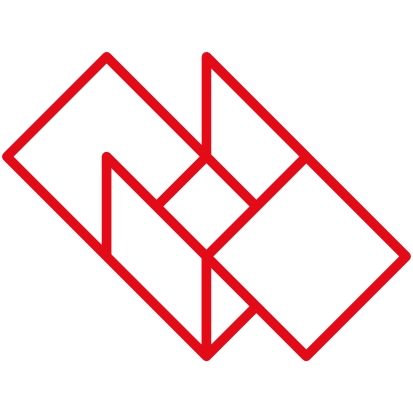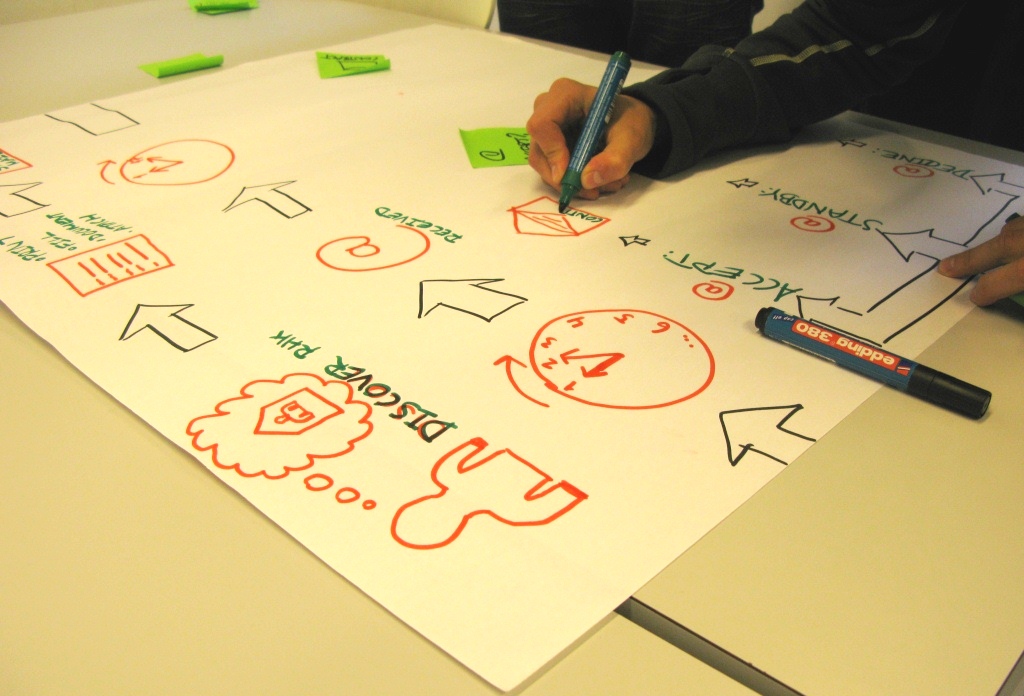A user journey is a visual, chronological overview showing how the user experiences a product or a service. The user journey is used to communicate and validate the quality of existing and new products/services – both within the student teams, as well as externally with users and other stakeholders.
The benefit of developing a user journey to describe the current practice of the user is that the user journey format enables you to examine and the user experience, which is particularly useful for following-up on observational user research (e.g. Observations, Etnoraid and Interviews), before initiating the idea and concept development.
The benefit of developing a user journey in relation to new concept development is that the user journey helps to maintain focus on how a potential solution is actually experienced by the user. In this regard, the user journey format allows you to test assumptions about how a product or service actually works and hopefully creates value for the user and other relevant actors.


